hawee99
TPF Noob!
- Joined
- Jun 19, 2007
- Messages
- 229
- Reaction score
- 0
- Location
- Colorado
- Can others edit my Photos
- Photos OK to edit
I'm hoping someone can explain this better than my book. I can't seem to fully understand it. Exposure Comp is that little +- button correct?
What does it actually do? I understand this is supposed to make the picures brighter or darker, but on what level. When you go +1 or -1, does this actually effect the shutter or aperature. I don't think so, but I don't understand. When I have used this button in the past I have noticed it affect my light meter a lot, but I haven't noticed much different in the picture.
Also, when shooting in "bracketing" , I understand it's supposed to take shots and different EV, example -2, 0, +2. When I shoot in bracket mode, I notice the shutter speed changing.
Let me now if a can give anymore details to help understand my questions.
Thanks.
Nikon D80
What does it actually do? I understand this is supposed to make the picures brighter or darker, but on what level. When you go +1 or -1, does this actually effect the shutter or aperature. I don't think so, but I don't understand. When I have used this button in the past I have noticed it affect my light meter a lot, but I haven't noticed much different in the picture.
Also, when shooting in "bracketing" , I understand it's supposed to take shots and different EV, example -2, 0, +2. When I shoot in bracket mode, I notice the shutter speed changing.
Let me now if a can give anymore details to help understand my questions.
Thanks.
Nikon D80


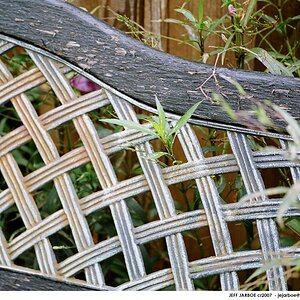
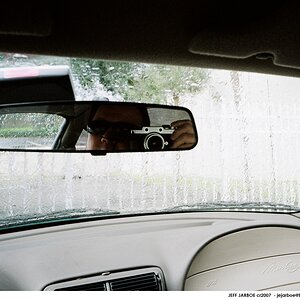
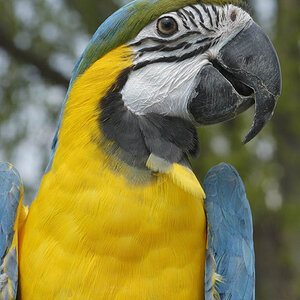
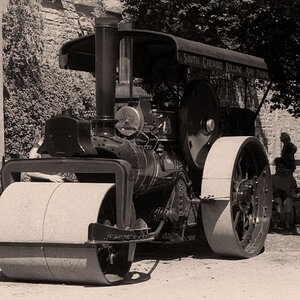
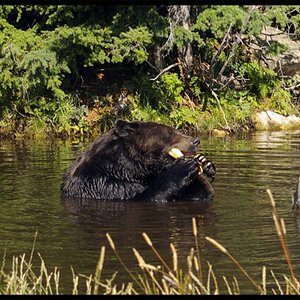
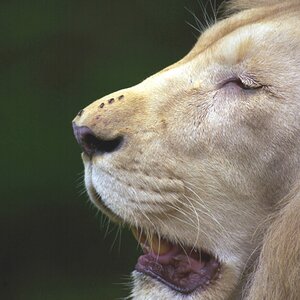
![[No title]](/data/xfmg/thumbnail/30/30988-aef3845b94a67d6dcce6e4e59d5d66c3.jpg?1619734553)
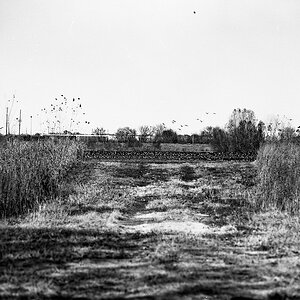
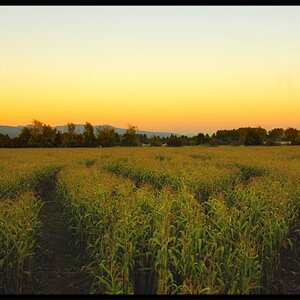
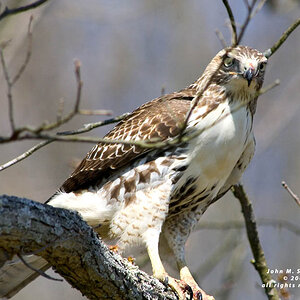
![[No title]](/data/xfmg/thumbnail/38/38263-ad5e4c9e677626ddb5b1e7cdf9ebe40e.jpg?1619738548)
![[No title]](/data/xfmg/thumbnail/40/40285-2ce5915035c220ccb3485030863b62d0.jpg?1619739408)